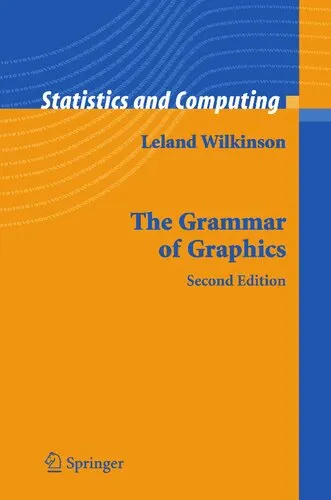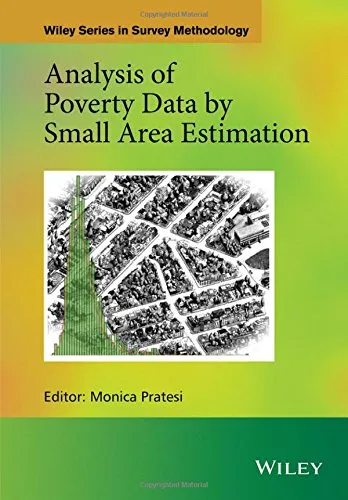The Grammar of Graphics, Second Edition
4.2
بر اساس نظر کاربران

شما میتونید سوالاتتون در باره کتاب رو از هوش مصنوعیش بعد از ورود بپرسید
هر دانلود یا پرسش از هوش مصنوعی 2 امتیاز لازم دارد، برای بدست آوردن امتیاز رایگان، به صفحه ی راهنمای امتیازات سر بزنید و یک سری کار ارزشمند انجام بدینکتاب های مرتبط:
معرفی کامل کتاب 'The Grammar of Graphics, Second Edition'
کتاب The Grammar of Graphics, Second Edition اثری فوقالعاده از لِلاند ویلکینسون است که اصول و قواعد بنیادین برای ایجاد و تحلیل گرافیکهای بصری را ارائه میدهد. این اثر برای تمامی کسانی که با داده، تجزیهوتحلیل، و نمایش بصری سر و کار دارند، منبعی الهامبخش و کاربردی محسوب میشود.
خلاصهای از کتاب
این کتاب مفاهیم پایهای و پیشرفتهی طراحی گرافیکهای اطلاعاتی را پوشش میدهد. برخلاف کتابهای صرفاً فنی، The Grammar of Graphics رویکردی فلسفی به نمایش دادهها اتخاذ میکند. این اثر با ارائهی چارچوبی سیستماتیک، امکان توسعه، سازماندهی و شرح گرافیکها را فراهم کرده که میتواند به صورت متنی و تصویری با دادهها تعامل کند.
کتاب به تشریح طراحی گرافیکهای پیچیده از ابتدا پرداخته و نه تنها به طراحی و اجرا، بلکه به تئوری زیرساختی هر عنصر گرافیکی نیز میپردازد. در طول کتاب، گرافیکها و دادهها از دیدگاههای مختلف تجزیه و تحلیل میشوند و مثالهای زیادی از جهان واقعی بارها و بارها برای تاکید ارائه شده است.
نکات کلیدی کتاب
- معرفی مفاهیم پایهای Grammar در ساختار گرافیکها
- استفاده از مدلهای ریاضی برای تعریف دقیق گرافیکها
- بحث در مورد نقش نرمافزارها مانند R و Tableau در حوزه دادهنگاری
- بررسی نقش مفهوم لایهبندی (Layering) در گرافیکهای پیچیده
- شناخت اهمیت ترکیب دادهها و نمایش مفهومی در انتقال اطلاعات
نقلقولهای معروف از کتاب
“Graphics reveal data. Grammar reveals graphics.”
“The essential aim of a graphical design is to reduce the burden on human cognition.”
چرا این کتاب مهم است؟
کتاب The Grammar of Graphics نه تنها برای متخصصان علوم داده و تحلیلگران یک منبع کلیدی به شمار میآید، بلکه اهمیت خود را برای تمامی زمینههایی که با مصورسازی و دادههای بصری مرتبط هستند، اثبات کرده است. این اثر رویکردی نوآورانه دارد و نه تنها به آموزش طراحی گرافیکهای بصری میپردازد بلکه فلسفهی زیربنایی این هنر را نیز به تفصیل توضیح میدهد.
امروزه، در دنیای پرسرعتی که حجم دادهها روزبهروز افزایش مییابد، قابلیت طراحی گرافیکهای کارآمد و جذاب برای انتقال اطلاعات ضروری است. این کتاب، چارچوبی مستحکم برای درک بهتر اصول، ابزارها و روشهای تجسم دادهها ارائه میدهد و مهارتهای اجرایی را با بینش عمیق تلفیق کرده است.
بدون شک، The Grammar of Graphics الگویی منحصر به فرد برای متخصصانی است که خواهان پیشرفت در این زمینه هستند. این کتاب نه تنها اطلاعات عملی را در اختیار خواننده قرار میدهد، بلکه او را به تفکر عمیق دربارهی مفهوم ارتباط بصری و چگونگی بهتر ساختن آن دعوت میکند.
Introduction to "The Grammar of Graphics, Second Edition"
"The Grammar of Graphics, Second Edition" is a groundbreaking book that redefines how we think about and construct visualizations in the realm of statistical graphics and data visualization. Written for both analysts and theoreticians, this book lays out a unified framework for creating and interpreting graphics, offering a deep exploration of the conceptual foundations of visualization. Whether you're a statistician, programmer, or data scientist, this book equips you with the principles and tools to elevate your graphical communication.
Detailed Summary of the Book
The core mission of "The Grammar of Graphics" is to provide an abstract blueprint for designing statistical graphics. Traditional approaches to visualization often focus narrowly on tools or predefined chart types. This book challenges that paradigm by introducing a grammar—a set of rules and principles—for constructing graphics from the ground up. This grammar is not just a template but a system of thought that allows users to move beyond surface-level aesthetics to understand the deeper structure of data and its representation.
The second edition builds on the foundation laid in the first edition, incorporating new methodologies, updated statistical practices, and a broader range of examples. This edition includes discussions on multivariate data representation, 3D visualization, and advanced plotting strategies with cutting-edge techniques. The book steers away from prescribing solutions and instead encourages readers to design their visualizations creatively, based on key components such as scales, geometries, and data transformations.
Through its detailed treatment of the grammar, this book serves as both a theoretical and practical manual, bridging the divide between abstract concepts and hands-on implementation. The concepts presented in "The Grammar of Graphics" have significantly influenced modern tools like ggplot2 in R and other contemporary visualization frameworks, making this text a keystone in the field of data visualization.
Key Takeaways
- Visualization is not merely about aesthetics but is grounded in a language-like grammar that governs its structure.
- The principles of scales, aesthetics, geometries, and transformations provide a universal framework for designing any type of graphic.
- Data visualization is both an art and a science. Mastery lies in balancing creativity with analytical precision.
- Understanding the grammar of graphics allows users to break free from tool and software limitations, enabling more effective storytelling with data.
- Advanced concepts like layering, faceting, and handling multivariate data are crucial for creating sophisticated and insightful visualizations.
Famous Quotes from the Book
"A graphic is more than a collection of marks on a page—it is a mapping between data and aesthetics."
"What we need is not more chart types, but a deeper understanding of how to convey meaning through graphics."
Why This Book Matters
"The Grammar of Graphics, Second Edition" is not just a book—it is a manifesto for a systematic approach to data visualization. It has been widely regarded as a seminal work in the visualization community, influencing both academic research and professional practice. By focusing on the underlying principles rather than specific software or predefined chart types, the book empowers readers to think critically and creatively about their visualizations.
At a time when data has become an essential part of decision-making processes, the ability to accurately communicate insights through compelling graphics is more critical than ever. This book equips readers with a universal graphics grammar that transcends software and remains relevant in any context. For developers, statisticians, and data scientists alike, "The Grammar of Graphics, Second Edition" provides invaluable insights and a strong foundation for advanced visualization techniques.
Furthermore, this book is a testament to interdisciplinary collaboration, drawing from statistics, cognitive science, and computer science to present a coherent and robust theory of graphics. Its lasting impact can be seen in how it continues to shape the theory and practice of modern data visualization, making it an indispensable resource for anyone serious about the field.
In summary, "The Grammar of Graphics, Second Edition" is a must-read for anyone who wishes to go beyond the superficial and explore the principles that truly make data visualization both effective and meaningful.
دانلود رایگان مستقیم
شما میتونید سوالاتتون در باره کتاب رو از هوش مصنوعیش بعد از ورود بپرسید
دسترسی به کتابها از طریق پلتفرمهای قانونی و کتابخانههای عمومی نه تنها از حقوق نویسندگان و ناشران حمایت میکند، بلکه به پایداری فرهنگ کتابخوانی نیز کمک میرساند. پیش از دانلود، لحظهای به بررسی این گزینهها فکر کنید.
این کتاب رو در پلتفرم های دیگه ببینید
WorldCat به شما کمک میکنه تا کتاب ها رو در کتابخانه های سراسر دنیا پیدا کنید
امتیازها، نظرات تخصصی و صحبت ها درباره کتاب را در Goodreads ببینید
کتابهای کمیاب یا دست دوم را در AbeBooks پیدا کنید و بخرید
1291
بازدید4.2
امتیاز0
نظر98%
رضایتنظرات:
4.2
بر اساس 0 نظر کاربران
Questions & Answers
Ask questions about this book or help others by answering
No questions yet. Be the first to ask!
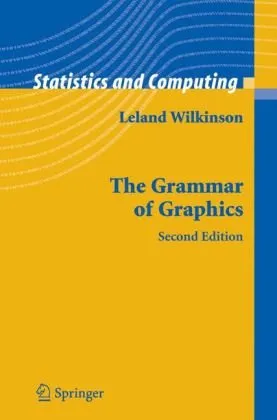


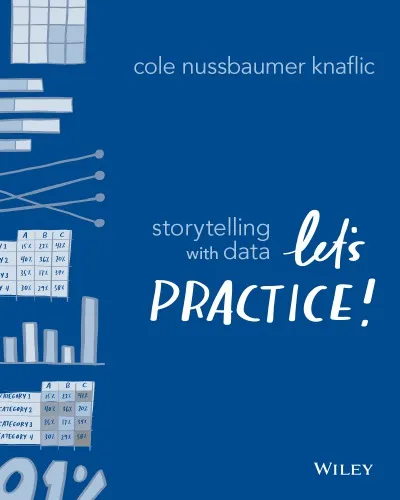
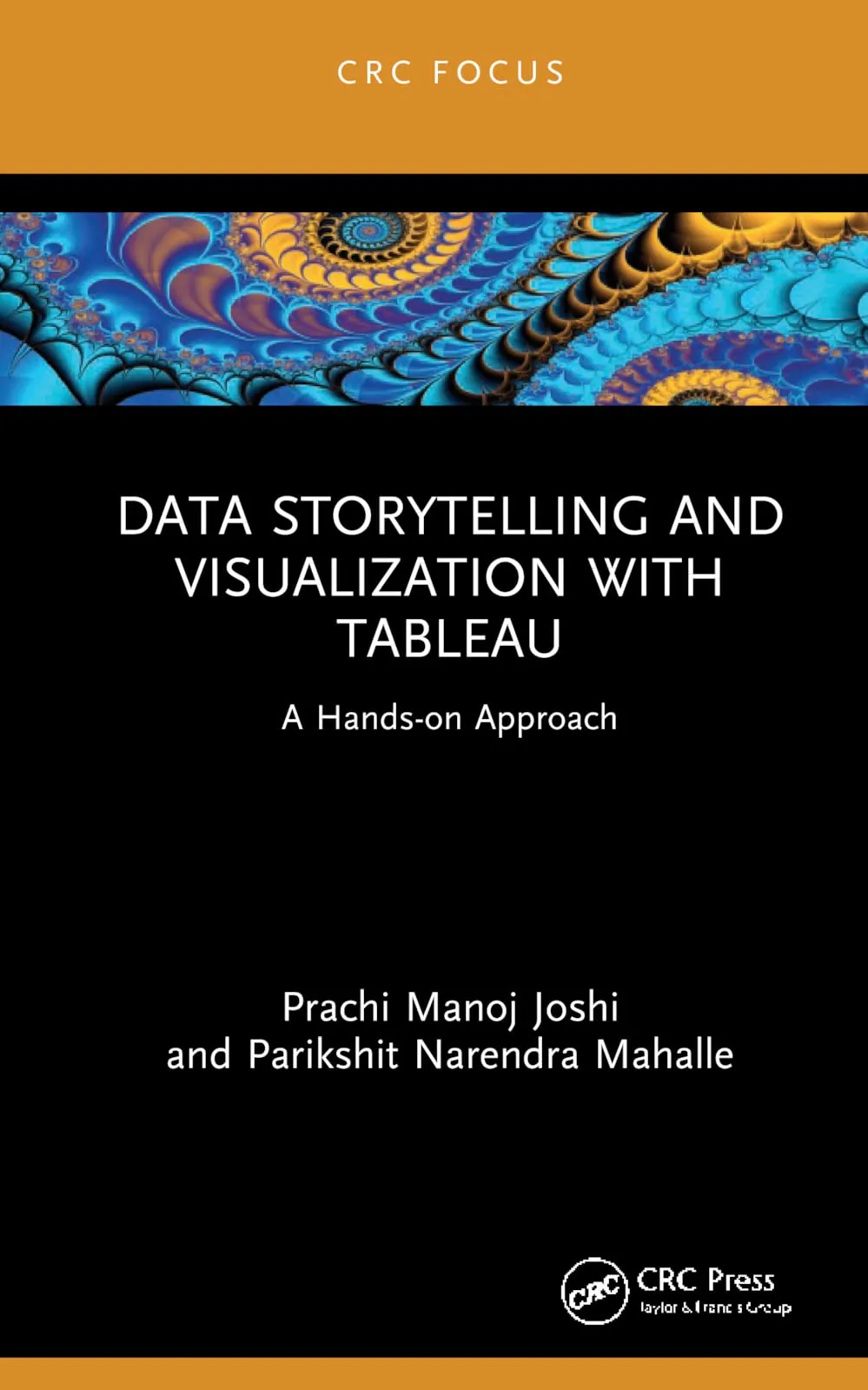
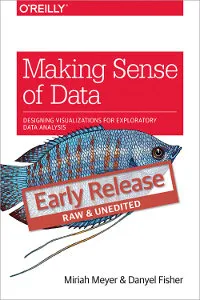
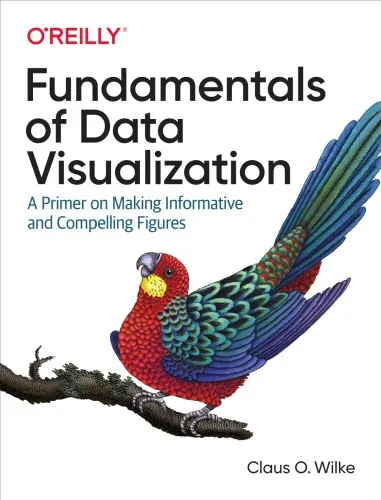
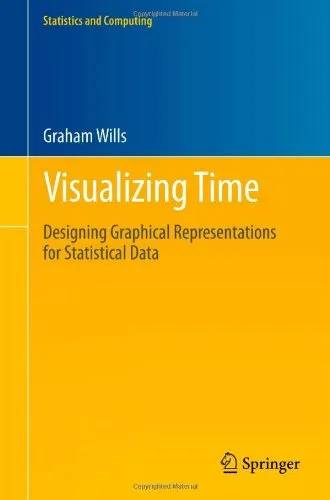
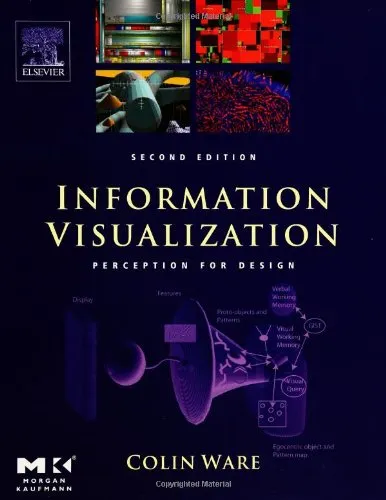
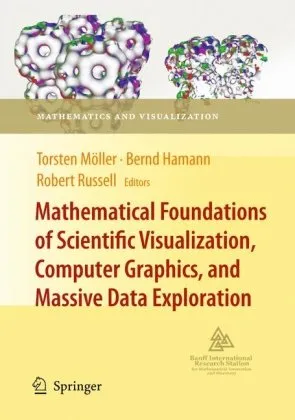
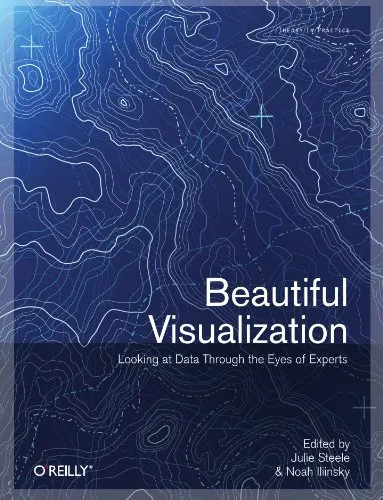
![Good Charts, Updated and Expanded: The HBR Guide to Making Smarter, More Persuasive Data Visualizations [Team-IRA]](https://s3.refhub.ir/images/thumb/Good_Charts__Updated_and_Expanded__The_HBR_Gu_31517.webp)
